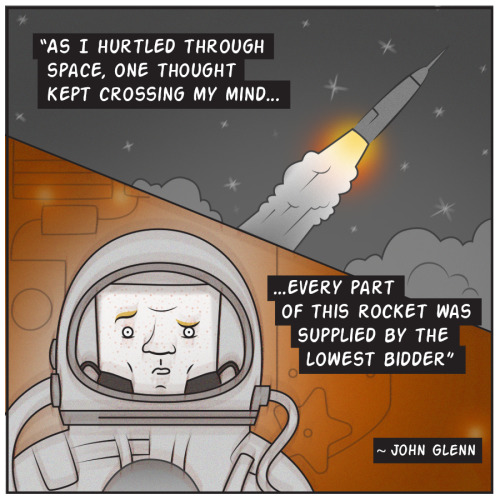New Horizons Ha Ufficialmente Finito La Sua Missione Primaria! L'ultimo Bit Di Dati Ottenuti Durante

New Horizons ha ufficialmente finito la sua missione primaria! L'ultimo bit di dati ottenuti durante il fly-by del 14 luglio 2015 è stato ricevuto dalla stazione di terra della NASA, a Canberra in Australia, martedì alle 11.48 ora italiana.
Questa sonda ha collezionato più di 50 GB di dati durante il suo paesaggio ravvicinato intorno a Plutone e Caronte e li ha inviati a terra impiegando poco più di un intero anno. La velocità di downlink è stata di 2'000 bit al secondo, una minuscola frazione rispetto alle connessioni a cui siamo abituati. Ora può iniziare la lunga fase di processing dei dati completi, che per adesso sono solo lunghe catene di 0 e 1.
Gli ingegneri di missione effettueranno un'ultima data review prima di cancellare definitivamente i dati sui due hard disk presenti a bordo della sonda, in vista delle nuove osservazioni scientifiche previste per il 2019. Il primo gennaio di quell'anno, infatti, New Horizons passerà a soli 3'000 km da 2014MU69, un antico corpo celeste presente ai confini del nostro sistema solare e scoperto due anni fa dal telescopio Hubble.
Nell'immagine potete vedere una delle scoperte più fresche del team di New Horizons: possibili nuvole intorno ai rilievi montuosi di Plutone.
More Posts from Needingsomespace and Others


RIP John Glenn

The first photo of the surface of Mars, captured by NASA’s Viking 1 lander on July 20, 1976.

A magnificent moon looms large over the Space Shuttle Columbia at Cape Canaveral, 1981.

In July 1967, astronomers at the Cavendish Laboratory in Cambridge, observed an unidentified radio signal from interstellar space, which flashed periodically every 1.33730 seconds. This object flashed with such regularity that it was accurate enough to be used as a clock and only be off by one part in a hundred million.
It was eventually determined that this was the first discovery of a pulsar, CP-1919. This is an object that has about the same mass as the Sun, but is the size of the San Francisco Bay at its widest (~20 kilometers) that is rotating so fast that its emitting a beam of light towards Earth like a strobing light house! Pulsars are neutron stars that are formed from the remnants of a massive star when it experiences stellar death.
A hand drawn graph plotted in the style of a waterfall plot, in the Cambridge Encyclopedia of Astronomy, later became renown for its use on the cover of the album “Unknown Pleasures” by 1970s English band Joy Division.
Some even managed to point out the resemblance of this plot to some other waterfall plot gifs.
Also, two days ago today was Joy Divisions singer’s, Ian Curtis, birthday!
Mathematica code:
R[n_] := (SeedRandom[n]; RandomReal[]) ListAnimate[ Table[ Show[ Table[ Plot[ 80 - m + .2*Sin[2 Pi*R[6*m] + Sum[4*Sin[2 Pi*R[4*m] + t + R[2 n*m]*2 Pi]* Exp[-(.3*x + 30 - 1*100*R[2 n*m])^2/20], {n, 1, 30, 1}]] + Sum[3(1 + R[3*n*m])*Abs[Sin[t + R[n*m]*2 Pi]]* Exp[-(x - 1*100*R[n*m])^2/20], {n, 1, 4, 1}], {x, -50, 150}, PlotStyle -> Directive[White, Thick], PlotRange -> {{-50, 150}, {0, 85}}, Background -> Black, Filling -> Axis, FillingStyle -> Black, Axes -> False, AspectRatio -> Full, ImageSize -> {500, 630}], {m, 1, 80, 1}]], {t, 0, 6.3*18/19, 6.3/19}], AnimationRunning -> False]
'News & Features': via #NASA_APP

Solar System
via reddit

Google Maps: ora c'è Planets
Il pianeta nano Plutone
Google Maps ha aggiunto al suo atlante virtuale nuovi mondi da esplorare virtualmente. I pianeti Mercurio e Venere, il pianeta nano Ceres, nove lune di Saturno e Giove e infine Plutone si possono visitare accedendo a Google Planets. La prima tappa è la Stazione spaziale internazionale, per poi fare un tour attraverso gli oggetti più interessanti del Sistema solare
-
 ilbarsullamontagna liked this · 8 years ago
ilbarsullamontagna liked this · 8 years ago -
 needingsomespace reblogged this · 8 years ago
needingsomespace reblogged this · 8 years ago -
 adoroquellavaccadellamilka liked this · 8 years ago
adoroquellavaccadellamilka liked this · 8 years ago -
 illogicalconsequence reblogged this · 8 years ago
illogicalconsequence reblogged this · 8 years ago

